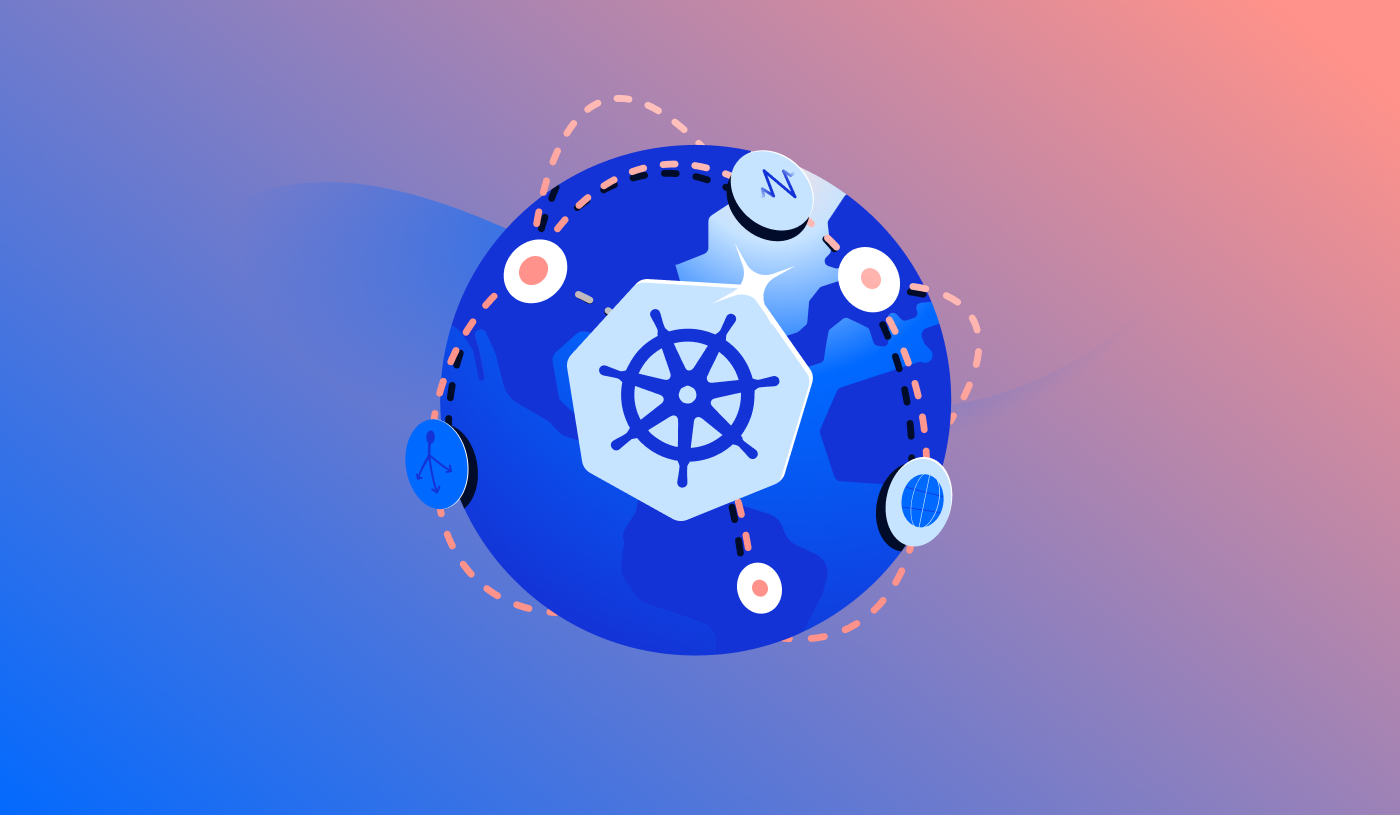In the rapidly evolving landscape of cloud computing, the networking framework of cloud-native applications serves as the essential backbone that seamlessly integrates various components. Recognizing the importance of robust networking solutions, DigitalOcean is thrilled to unveil several groundbreaking enhancements to its Kubernetes service, known as DigitalOcean Kubernetes (DOKS). These advancements, which include VPC-native clusters, VPC peering, a global load balancer, and an internal load balancer, promise to empower developers to create and expand applications on a global scale with increased efficiency and security.
Challenges with Traditional DOKS Networking
While the existing DigitalOcean Kubernetes networking has effectively supported numerous customers, there comes a time when the need for scalability demands more advanced solutions. As businesses grow and applications become more complex, certain challenges arise:
- Isolated Kubernetes Network: Traditionally, Kubernetes clusters operated within isolated network spaces, which limited their ability to communicate directly with each other or other VPC (Virtual Private Cloud) resources. This configuration often necessitated routing through public IP addresses, even for internal communications, which, although suitable for many applications, posed limitations for larger, interconnected systems.
- Limited Geographical Flexibility: The inability to balance loads or connect services across multiple clusters in varied geographical regions confined applications to single data centers. This limitation hindered the development of geo-distributed applications and cross-cluster failover scenarios, essential for modern, resilient architectures.
- Absence of Private Load Balancing: The lack of direct private load balancing to cluster services meant reliance on public load balancers for internal services, which could compromise both security and performance.
These limitations not only restricted seamless application scalability beyond a single region but also presented security and performance challenges for businesses aiming for growth.
DigitalOcean’s Vision for Enhanced Networking
DigitalOcean remains steadfast in its commitment to simplifying user experiences while equipping developers with the tools to build robust, scalable applications. The vision for the upgraded DOKS networking revolves around:
- Preserving the user-friendly nature of DigitalOcean’s services.
- Utilizing Cilium CNI (Container Network Interface) to facilitate native routing between DOKS clusters and VPC resources.
- Enabling transparent global peering and load balancing among clusters.
- Enhancing security and performance by eliminating the necessity for public network traversal for internal communications.
These enhancements are designed to provide a more adaptable, scalable, and secure networking foundation for cloud-native applications.
Introduction of New Features
DigitalOcean is excited to introduce several new capabilities to its Kubernetes service, each playing a crucial role in transforming the DOKS networking experience:
- VPC-native DOKS Cluster (Early Availability): This feature enables native routing between cluster and VPC resources, allowing DOKS clusters to seamlessly integrate with existing network architectures. During the early availability phase, it is necessary to configure node, cluster, and service CIDR (Classless Inter-Domain Routing) during cluster creation. Importantly, Kubernetes does not permit CIDR modifications post-creation, making this feature applicable only to new clusters.
- VPC Peering (Early Availability): This facilitates seamless communication between cluster resources across different regions and VPCs. Once VPC peering is established, DOKS peering operates automatically and transparently, provided that native routing is enabled.
- Global Load Balancer (GLB) (General Availability): This tool distributes north-south traffic among services across various clusters effortlessly, thereby enhancing application scalability, boosting resilience, and reducing latency for global users. For DOKS, the GLB is configured alongside regional load balancers, offering granular control over traffic distribution.
- Internal Load Balancer (ILB) (Early Availability): This feature allows internal load balancing to DOKS services from VPC resources or another DOKS cluster. It is region-agnostic, assuming VPC peering is configured, and ensures communication between Droplets and DOKS services remains within the private network, thereby enhancing security and performance.
These features collectively create a seamless experience, enabling the development of truly distributed, resilient applications. With these capabilities, organizations can run global applications with clusters in multiple regions, where cluster resources communicate privately via VPC peering. Moreover, all cluster resources can natively interact with VPC resources without traversing public networks.
A New Era for DOKS Networking
The reimagined DOKS networking introduces a new paradigm for developing and scaling cloud-native applications. Here’s a closer look at how these features interconnect to create a powerful and flexible networking ecosystem:
- Global Network Planning: It begins with planning VPC CIDRs across the entire team account globally. Allocating non-overlapping RFC1918 address ranges for DOKS node, pod, and service networks is essential. This foundational step ensures native routing between the cluster and VPC resources, paving the way for seamless communication.
- Inter-Cluster Communication: With unique node, pod, and service addresses for DOKS resources across the team, inter-cluster native routing is automatically activated once VPC peering is configured. This eliminates the need for intricate networking workarounds and enhances security by keeping traffic off public networks.
- Service Connectivity: A Kubernetes service of type LoadBalancer is a logical entity for load balancing. To connect to a service from a private network, the new Internal Load Balancer (ILB) is employed. This keeps internal traffic internal, thereby improving both security and performance.
- Global Traffic Management: For applications spanning multiple regions, the Global Load Balancer (GLB) can route traffic for the same application (e.g., helloworld.xyz) across multiple clusters in different regions. GLB works in conjunction with the DOKS regional load balancers to direct user traffic to the nearest data center, enhancing application performance, user experience, and serving as an effective disaster recovery mechanism in the event of regional outages.
This new paradigm facilitates the development of truly global, resilient applications while maintaining the simplicity and ease of use synonymous with DigitalOcean. Whether scaling a startup or managing enterprise-grade applications, these networking enhancements offer the flexibility and power needed to succeed in the cloud-native world.
Getting Started with Enhancements
To begin utilizing these new features, create your new DOKS clusters with custom CIDR for node and service networks. This ensures your cluster is ready for native routing. Routing between pods and VPC resources should function natively by default.
Depending on your specific use case, the following options are available:
- Use the Internal Load Balancer (ILB) for internal service routing between VPC resources and DOKS.
- For private connectivity between multiple clusters in different VPCs or regions, utilize VPC peering.
- For North-South load balancing across different clusters running the same application, deploy the Global Load Balancer (GLB).
For further insights and to explore these features in greater detail, join DigitalOcean’s office hour on November 21, 2024, at 10 am EST. Here, engineers will provide a comprehensive walkthrough and address any queries.
For more information, you can visit the DigitalOcean documentation directly: DigitalOcean Documentation.
For more Information, Refer to this article.

































